Obstructive Sleep Apnea
WHAT IS OBSTRUCTIVE SLEEP APNEA (OSA).
The most common type of Sleep Apnea is Obstructive Sleep Apnea (OSA) where your breathing is repeatedly interrupted while sleeping. Its due to an upper airway obstruction in either the mouth or throat. Snoring is a common sign that this is happening.
Approximately 25% of people have this disordered breathing. And up to 80% of people are unaware of their condition and it goes untreated.
Snoring and Sleep Apnea not only affects your sleep, it affects your overall health and quality of life. Untreated Obstructive Sleep Apnea can have serious consequences on your cardiovascular and overall health by increasing your risk of;
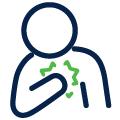
Heart Attack
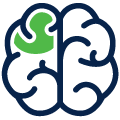
Stroke

Type 2 Diabetes
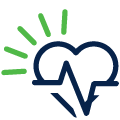
Hypertension

Dementia
OSA
Its not just snoring.
Snoring may be a sign of obstructed airway during sleep. Your airway may:
- Narrow thereby limiting airflow,
- Vibrate, which makes the sound of snoring,
- Collapse which means you stop breathing.
But when you snore, you might also be experiencing,
APNEA – your airflow stops for 10 seconds or longer
HYPOPNEA – a 50% or more decrease in your airflow for 10 seconds or longer
Until you wake up, take a breath and then go back to sleep.
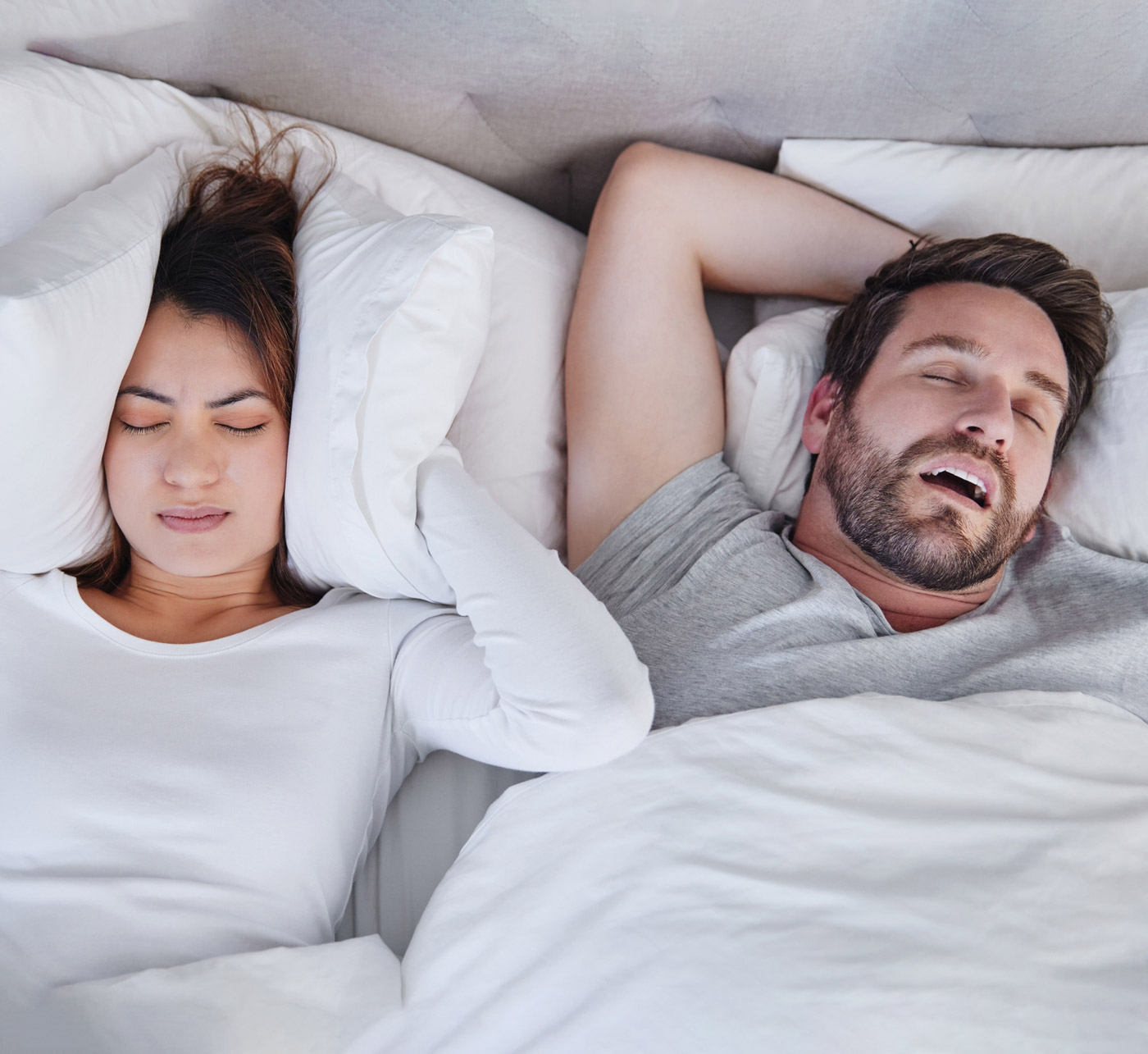
It affects your health day and night.
These cycles of brief wake-ups diminish your quality of sleep, resulting in sleep deprivation. Sleep deprivation can cause numerous daytime symptoms, including:
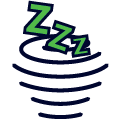
Excessive Daytime Sleepiness

Poor
Concentration

Impaired
Memory
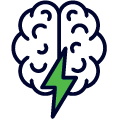
Morning
Headaches
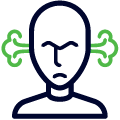
Depression or Irritability

Sexual
Disfunction
If you are experiencing these symptoms, talk to your doctor.
MedPro’s Respiratory Therapists and Sleep Clinicians will work closely with your physician to assist with diagnosis and a personalized treatment plan.
Trusted Health Professionals.
25 Convenient Locations.
Toll Free Support.
With clinics in communities across BC, Alberta and Ontario, we are here when and where you need us.
Call, email or message us. We’re here to help!
